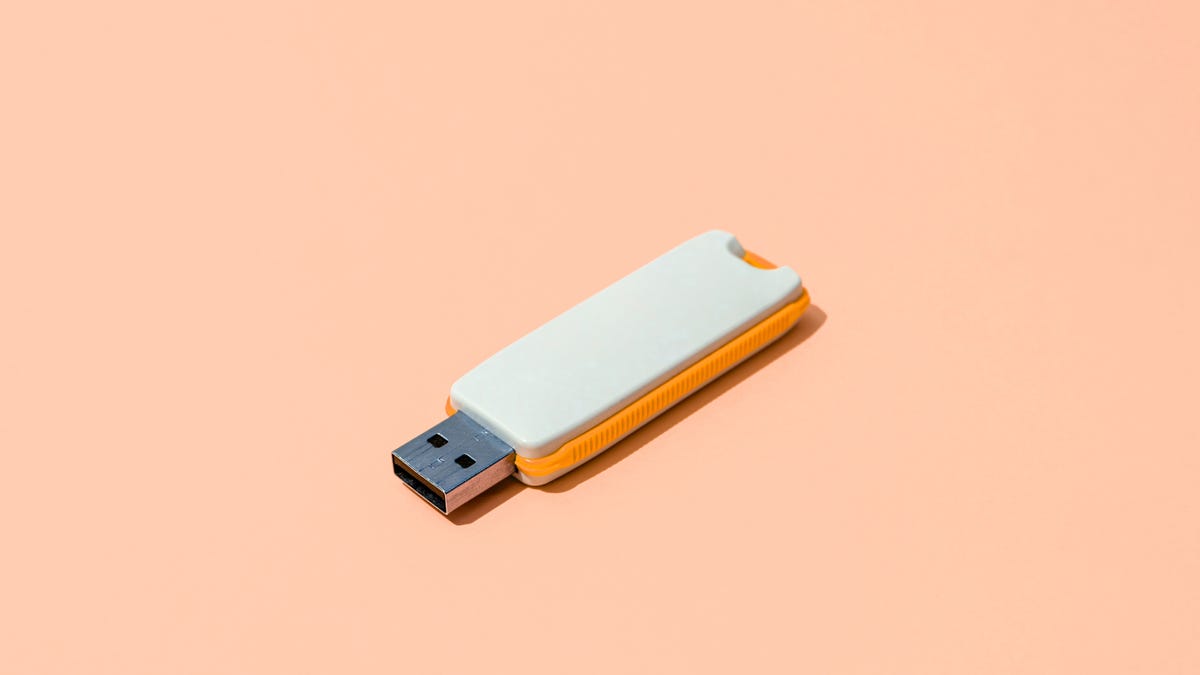Personally I use Ventoy
Basically I can just throw a whole bunch of ISOs on a USB drive and when I boot it it brings me to a menu to pick which one I want to boot
It’s freaking great
I’ve got various windows ISOs and Linux distros just living on a 64GB flash drive
Ventoy is great. It was a bit confusing when I first ran into it. It installed, but I didn’t know what happened. Lmao. I think I installed it like 10 times because it wasn’t telling me what it did, but then the light bulb went off. Aaaaaah. I was trying to install windows on a laptop and it was being a bitch on the USB stick, and Ventoy made it work.
Yeah totally go with Ventoy. I had an external device that basically did the same thing but it was a pain in the ass. Little screen and you pick an iso on the drive and it simulated a CD rom. Ventoy is so much simpler. My only complaint is there isn’t an installer that works on a Mac so I have to use Windows. But other than that it’s awesome.
Unetbootin in 2024? Jeez, just use Belena Etcher for single ISO, or dd if you are already on Linux (it should work on Mac as well) or Ventoy for simply folder of your bootable isos
Unetbootin huh? Something tells me people capable of running a Linux-only application know how to make a Linux installer USB.
Unetbootin runs on Windows too…
also Mac
My bad, didn’t know that
I use Balena Etcher.
I would like to install a distro on a USB stick, without it doing something stupid to my internal drive’s EFI.
I see people say this a lot and I have no experience with this but I wonder why you wouldn’t use a USB nvme SSD enclosure it seems a lot easier and idk if running it over USB would limit the speed but it could preform better than a USB stick.
A dumb little stick is fine for the occasional “fix something up” or “take a snapshot of a Windows drive because dd is objectively better than anything that Windows itself could do”. A live iso distro precludes me from adding a handful of other useful tools.
Late breaking edit : What I ended up doing was formatting a stick as small EFI / 5GB btrfs / rest exfat. Chattr +c the btrfs, and debootstrap in there. Put rEFInd on the efi and tell its conf file about the stick (or maybe it’ll detect). Put non-free-firmware & stable-security into apt’s sources.list. In a chroot shell, apt get live-task-non-free-firmware-pc gdm3 systemd-timesyncd linux-image-amd64 locales gnome-terminal. Add other tools to suit taste. Fix up the fstab, make /tmp tmpfs, make the exfat mount nofail. With btrfs compression, I can have a gnome environment inside of 2.5GB. It would be even more smol if I could figure out booting directly into Weston.
Uh yeah OK, I doubt anyone in c/linux didn’t know how to do this already
I will say, as someone who has been looking for a simple way to install Linux on my Windows desktop at home, this is incredibly useful. Doubly so as I’m not very experienced with installing OS’s and Linux can look very intimidating to an outsider looking in!
Any “How To” that doesn’t just use Rufus isn’t worth the page its text is rendered on. Rufus can do Linux boot disks, but is indispensable for Windows boot disk utilities. It’s one of the only ways I know of to make a Windows ToGo installation (equivalent of a Linux Live USB), which I used to install Windows on a friends SD card for their Steam Deck so they can dual-boot.
If you’re looking to make a Linux boot USB from Linux itself, BalenaEtcher is probably a better bet since Rufus is Windows-only.
https://github.com/balena-io/etcher
I’ve noticed there’s tons of how-to’s for making a bootable disk on Windows, hardly any for Linux. Perhaps we ought to remedy that?
Ventoy for life
Arch currently doesn’t work with it :c
https://wiki.archlinux.org/title/USB_flash_installation_medium#Using_ventoy
Note: archlinux-2024.05.01-x86_64.iso should be run in GRUB2 mode to work. See Ventoy issue #2825.
I thought I tried that too, but I’ll try again then lol
some distros have it built into it like Mint I was able to create a bookable drive of also mint
Neat, I wasn’t aware of that for Mint.
For Linux you don’t need a GUI tool, most how tos just dd the ISO onto the USB medium, e.g.
sudo dd if=<file> of=<device> bs=16M status=progress oflag=synclike described in the Debian FAQs
Man, Google really does suck now. It feels nearly impossible to get something like a how-to deep in the Debian FAQs to come up, as it mostly surfaces this auto-generated SEO crap for How To’s.
Very cool, I’d assumed there was a simple command line set of commands, just was failing to find it. Thanks.
I don’t remember where, but i read that this method only works because linux distributors “abuse” the ISO format to allow this. If I remember right, it’s not possible to use this ISOs on regular disks
Of course the command you provided is right and it’s what I use, it’s just a fun fact
Yes and no, it’s the other way round. The ISOs often are hybrid images which you can burn onto a CD/DVD or dd onto a USB pen drive. Until approximately 10-15 years ago, if I remember correctly, the distributed Linux ISOs where standard not hybrid images, thus you always needed some other program to create bootable USB media.










